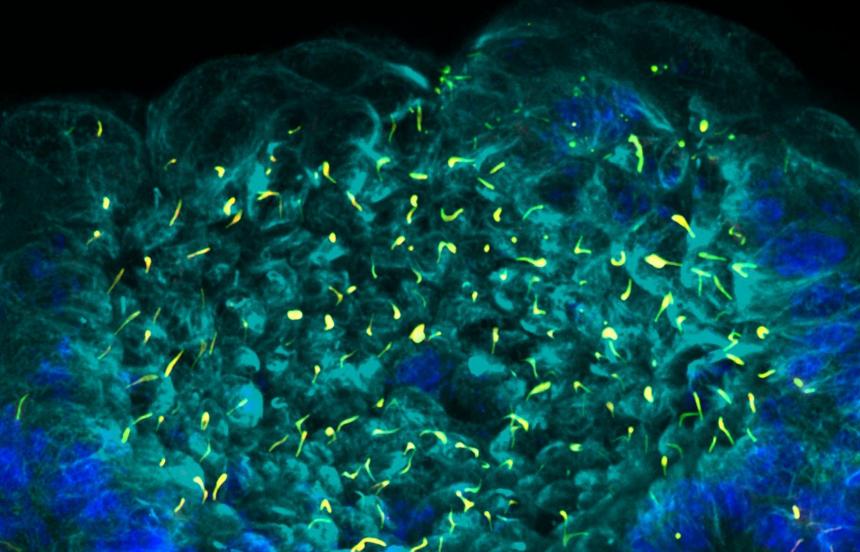About Our Lab
About four billion years ago, while earth was covered with a primordial soup enriched with the building blocks of life, the equal occurrence of chiral molecules (non-superimposable “left-handed” vs “right-handed” molecules) fell out of balance. As a consequence, today’s life is asymmetric.
In humans, our visceral organs such as heart, pancreas, and intestine are asymmetrically positioned along the left-right axis. Fundamental molecular mechanisms of asymmetrical development are poorly understood. Congenital heart disease, autosomal dominant polycystic kidney disease (ADPKD), obesity, and mental retardation are among some of the more severe human diseases that can be attributed to improper cilia function.
My lab studies the molecular mechanisms of how primary cilia utilize ion channels and GPCRs to sense their local environment and control such important processes as left-right asymmetry formation. Our long-term goal is to understand the signals activating ciliary Ca2+ channels and to identify the resulting downstream cilia-dependent signaling cascades. We use a variety of different approaches including mouse genetics, RNA sequencing, cutting edge primary cilia Ca2+ imaging, electrophysiology and biochemistry.

 University of California San Francisco
University of California San Francisco 
